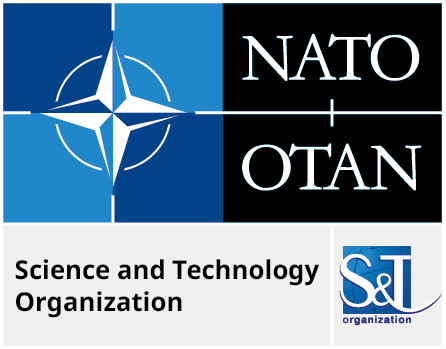Fall 2023 Issue
For the Fall 2023 Issue, selected papers have been taken from the STO Events listed below.
Military value of graphene technologies (AVT-372)
Graphene technologies continue to mature, and a number of graphene-based materials have reached TRL 9. These are designed for dual-use applications, and include coatings for improved corrosion resistance, lubrication, adhesives, sensors, elastomer composites and polymer composites. Advanced graphene-metal composite materials for electrical applications are also reaching high TRLs. All of these materials have potential applications in military materiel.
In addition to these graphene-enhanced dual-use materials, we see there is an additional potential for graphene in several unique military applications, where there is no similar civil application. As identified in the previous activity AVT-ET-213, these include solid propellants, electro-optical sensors and ballistic protection.
OR&A: new ideas, old realities
This event brought together (physically and virtually) 200 participants of the NATO OR&A community from NATO commands and agencies, national defence analysis and research organisations, centres of excellence, academia, and industry to discuss the conference theme “OR&A: new ideas, old realities”. The conference decidedly showed that while OR&A has actively supported defence decision making since at least the 1930’s it continues to evolve and remains highly relevant today.
Materials and technologies for electro-optical camouflage (AVT-371)
Camouflage and signature management is growing in importance, as more, and more capable sensors are deployed by potential aggressors. Thermal infrared sensors, which until a few years ago were only available to state actors are now inexpensive, and widely available to non-state actors. New technologies, such as short-wave infrared sensors are maturing, and potential threats including hyperspectral sensors and polarization sensitive sensors are being developed. Existing camouflage materials are inadequate to defeat these sensors, which combined with new vehicles to deliver them at close range (e.g. small, unmanned platforms) are a growing threat to NATO forces. The threat is accentuated by the growing deployment of precision, long-range weapons, so that detection & identification will likely lead to attack within a very short time. This leads to reduced freedom of action and degraded force/mission survivability. Materials and technologies developed for civil applications, such as energy conservation, thermal management and smart textiles, are potentially useful for signature management including adaptive camouflage. Examples include low emission coatings, nanotechnologies, and adaptive chromic materials. Such technologies (and others) may be adaptable for military camouflage.





